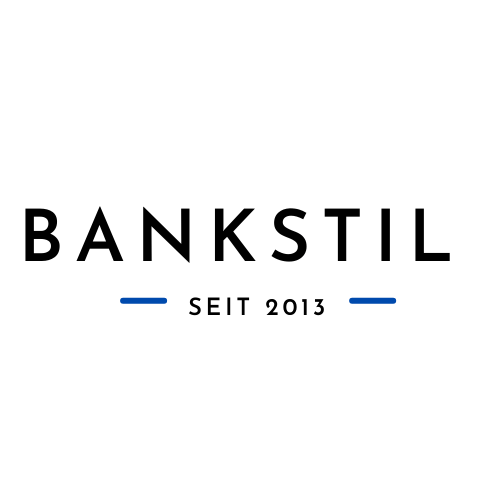Digital Identity Management Platforms (DIMPs) hold considerable promise for organizations to digitalize processes and in so doing reduce costs and increase efficiency. However, while there is considerable computer science and practitioner literature on DIMPs’ design and use, we know little about how (and if) they live up to this promise. We thus examine the performance effects of Sweden’s BankID on adopting organizations, using data from 2012–2018 from BankID and the Swedish Companies Registration Office. We understand BankID as a platform of platforms that confers benefits by making third-party platforms interoperable with the state identity system and banks, but expect that benefits accrue only when a sufficiently large number of individuals and organizations adopt the platform (network effects). We find support for the hypotheses that organizations with more liquid assets and higher spending on innovation were positively affected by adopting BankID, while organizations with more fixed assets were negatively affected.

